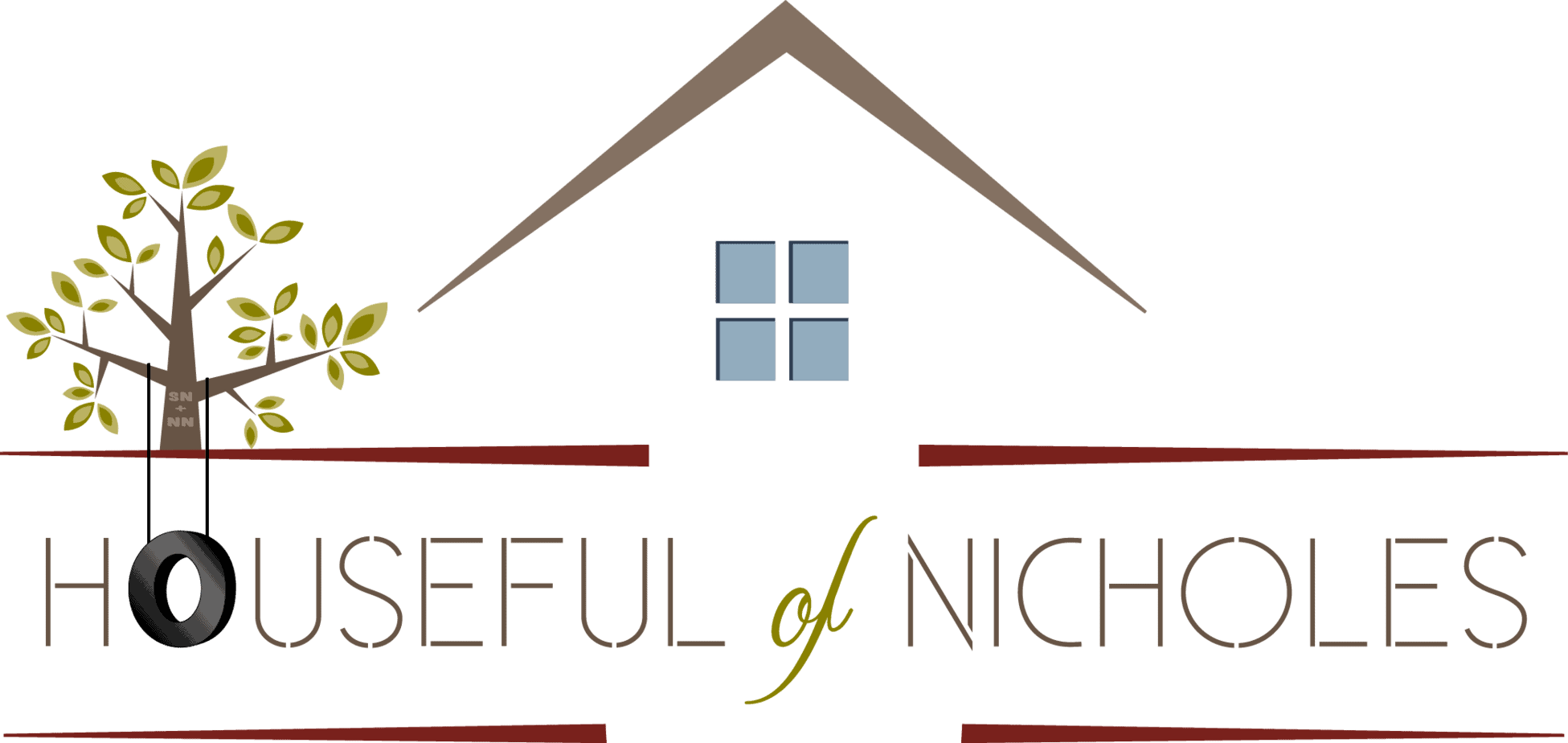Celebrating Black history year-round in your homeschool is a wonderful practice. It honors the contributions, stories, and triumphs of Black people. They have played a significant role in the nation's growth and progress throughout the years.

Black History Year-Round: Topics to Cover Each Month
I’ve compiled a way for homeschooling families to integrate Black history into their learning each month. Each section has a relevant link that you can use to teach Black History year-round in your homeschool. Although Black History Month is in February, our contributions should be celebrated all year. That is why this list begins in January and covers the summer months. Feel free to tweak it to your homeschooling goals. You can use what resonates and leave out what does not.
January
The start of the year is the perfect month to cover Martin Luther King Jr., whose birthday falls on January 20th. Movies are a great way to kick off a learning session. Selma, starring Cuba Gooding Jr., is a good starting point. It does take some historical liberties. However, this provides a great opportunity to work on critical thinking skills with your learner. You can check out Teach With Movies. They offer a Learning Guide and synopsis. This will help you see if this movie fits your homeschool.
Another topic to cover in January is The Emancipation Proclamation issued by President Abraham Lincoln on January 1, 1863. This is an important lesson to cover and focus on Juneteenth in the spring. The Emancipation Proclamation didn’t immediately free the enslaved. However, it was the catalyst that helped move abolition and the 13th Amendment forward.
February
February is a great month to get out into the community. Museums and libraries often have special programming to highlight Black History Month. Homeschooling families can visit museums. They can participate in community service projects. They can borrow books about Black History from the library. Of course, supporting Black-owned businesses in the community is something we do all year round anyway.
March
Incorporate some art into your homeschool in March by celebrating the contributions of Black artists. Painters like Jean-Michel Basquiat explored themes like social issues, race, and identity. Photographers like Gordon Parks documented the realities of African American life during the Civil Rights Movement. Augusta Savage was a leading figure of the Harlem Renaissance who created works like The Harp to honor African American contributions to art and music. While the actual harp no longer exists – it was destroyed after The World’s Fair – a small bronze replica currently exists at the New York Public Library's Schomburg Center for Research in Black Culture.
April
During National Poetry Month in April, explore Black poets and their poetry. There are many options available. These include Langston Hughes during the Harlem Renaissance. Maya Angelou’s I Know Why the Caged Bird Sings is another example. For inspiration, check out Poets.org's lesson plans to celebrate Black poets in your homeschool.
Reading poetry builds language and literary skills and promotes creativity. If you’d like to celebrate Black History year-round in your homeschool, consider adding a Black poetry element to your ELA lessons. The Collected Works of Langston Hughes and My Sister’s Voices: Teenage Girls of Color Speak Out, are just a few anthologies to have on hand.
May
Crash Course Black History on YouTube is an accurate, high-quality series of 52 videos that make an excellent spine for a Black History course. But, you can also use the individual episodes to introduce a topic or notable person or event in history. The series offers an entire episode devoted to Malcolm X if you want to supplement civil rights lessons.
Homeschooling Year Round: How to Incorporate Black History During the Summer Months
June
During Pride Month, lessons that cover prominent figures like James Baldwin and Marsha P. Johnson are a great way to celebrate Black History year-round. Learning for Justice offers a high school lesson plan; James Baldwin: Art, Sexuality & Civil Rights that can be accessed for free. Juneteenth marks another potential Black History lesson during June. June 19, 1865, was the day Union soldiers arrived in Galveston, Texas to enforce the Emancipation Proclamation which was issued in January, two years prior.
July
The Gilder Lehrman Institute for American History offers a comprehensive lesson plan for grades 7 through 12. Frederick Douglass’ speech, What to the Slave is the Fourth of July? was delivered the day after Independence Day in 1852. Its sentiment aligns with the teachings of Juneteenth the month prior.
Douglass condemned the country’s failure to provide liberty and justice for all. His speech was an important cornerstone of the abolitionist movement. If you’re homeschooling year-round, you’ll want to incorporate this lesson.
August
On August 28, 1963, the March on Washington was a pivotal event during the Civil Rights Movement. Over 250,000 people gathered at the Lincoln Memorial for racial equality, justice, and legislation on civil rights. This is also where Dr. Martin Luther King Jr. delivered his I Have a Dream speech. August is also a good month to delve into the works, contributions, and life of John Lewis and his call for "Good Trouble, Necessary Trouble."
September
Public schools begin to head back to the classroom in August and September. As a homeschooler, you, too, may be just starting your academic year in September. If this is the case, it’s a great time to honor educators and their contributions. Mary McLeod Bethune was a civil rights leader and educator who founded a school for Black girls. She was also an advisor to Franklin D. Roosevelt, as a civil rights champion. The National Women’s History Museum website offers a lesson plan devoted to Bethune.
October
Fannie Lou Hamer was the co-founder of the Mississippi Freedom Democratic Party. She helped ensure more Black representation in politics. Hamer, born in October 1917, spoke at the 1964 Democratic National Convention. The Fannie Lou Hamer’s America website offers lesson plans, resources, and activities for all ages and highlights her life and accomplishments.
Black History Year-Round: What to Cover During the Winter Months
November
Election month is ideal for celebrating groundbreaking Black politicians and their contributions. Consider a trip to the library for some books about Shirley Chisholm – the first Black woman elected to Congress – or books about Barack Obama and Vice President Kamala Harris. As the weather starts to cool down, a stack of books from the library, a cup of hot cocoa, and a bowl of popcorn are sometimes all you need for the perfect homeschool day.
December
In December 1995, the Montgomery Bus Boycott – which lasted just over one year – sparked the U.S. Supreme Court ruling against public bus segregation. A summary of Martin Luther King Jr. memoir regarding the boycott called Stride Toward Freedom can be found on the King Institute, Stanford website for further exploration.
Including this lesson in December before the holidays is ideal if you plan on jumping back into civil rights lessons in January. However, if your family homeschools through the holidays, consider adding this lesson from History.com; What Was Christmas Like for America’s Enslaved People?
Teaching Black History year-round in your homeschool is a great way to ensure you’re providing your learners with a well-rounded grasp of American History. By incorporating some of these monthly lessons into your homeschool schedule, you’re providing an education that celebrates, appreciates, and honors the memory, contributions, trials, and triumphs of our ancestors and contemporaries.

